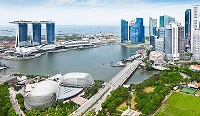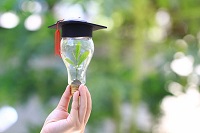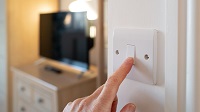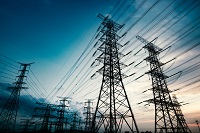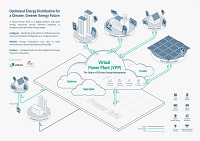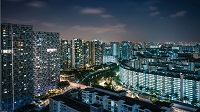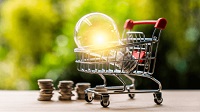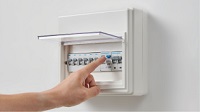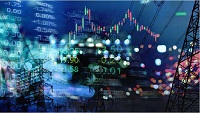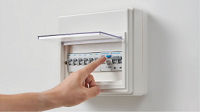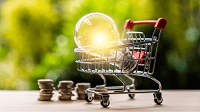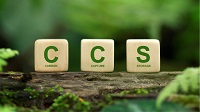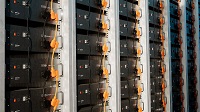Here are three highlights of the Singapore International Energy Week (SIEW) this year to help you stay plugged into the transition to a clean energy future - we are taking the next step to develop low-or-zero carbon ammonia solutions for power generation and bunkering, securing more electricity imports and making a key shift in how we obtain natural gas.
1. Charting Our Hydrogen Pathway
Last year, we partnered with the Maritime Port Authority to invite companies to submit proposals to build, own and operate an end-to-end low or zero-carbon ammonia power generation and bunkering solution in Jurong Island. Such a solution will pave the way for Singapore to convert ammonia into hydrogen, which can then be readily utilised as a fuel source.
Fast forward to SIEW this year, Minister for Trade and Industry, Mr Gan Kim Yong announced that six consortiums have been shortlisted and they will proceed to the next stage of development where one of them will be selected as the project’s lead developer.
Besides producing 55-65 megawatts of low- or zero-carbon hydrogen from imported ammonia, the project involves developing a way to store and transport this form of fuel for vessels. This project will set in motion the next phase of Singapore’s hydrogen journey to meet the net-zero target.
2. On Track to Meeting Electricity Imports Target
2023 has been a monumental year for Singapore in achieving significant milestones on the clean energy front.
At the Asia Clean Energy Summit, Minister for Manpower and Second Minister for Trade and Industry Dr Tan See Leng, announced that a Conditional Approval has been granted to Sembcorp Utilities Pte Ltd (SCU) to import 1.2 gigawatts (GW) of low-carbon electricity from Vietnam. The imported electricity will make use of offshore wind power and potentially other forms of generation, transmitted from Vietnam to Singapore via new subsea cables.
With the Conditional Approvals granted previously – comprising 2 GW of low-carbon electricity from Indonesia, 1 GW from Cambodia, and now 1.2 GW from Vietnam, Singapore is on track to achieve its 4 GW imports target by 2035. If realised, these projects will collectively support the vision and development of the ASEAN Power Grid.
Separately, Singapore has deployed over 1 gigawatt-peak (GWp) of solar capacity, and is on track to meet its target of 2 GWp of solar by 2030.
3. Ensuring Energy Security by Centralising Procurement of Gas
With imported natural gas powering 95% of Singapore’s electricity supply, Singapore is not immune to shocks and disruptions in the global energy market. The recent energy crisis bears testament to that – where the global and local gas supply crunches saw volatility in electricity prices.
Today, power generation companies purchase gas based on their individual commercial considerations. But with the newly announced gas procurement framework, EMA will appoint one supplier to be the eventual seller of gas for power generation. This is similar to the concept of ‘Group Buy’, where the appointed supplier will purchase gas contracts on behalf of power generation companies. Such a framework will make our gas supply more resilient and secure while helping to keep gas and electricity prices stable for consumers.
To meet growing energy demand while making the green energy transition Singapore LNG (SLNG) will develop and operate a second Liquefied Natural Gas (LNG) terminal. Unlike the current onshore LNG terminal in Jurong Island, this new terminal is planned to be an offshore terminal, based on a floating storage and regasification unit (FSRU) concept. It will offer greater flexibility for Singapore to meet its energy security and sustainability objectives, as it can be easily redeployed to another location if necessary.
Learn more about these announcements here.
